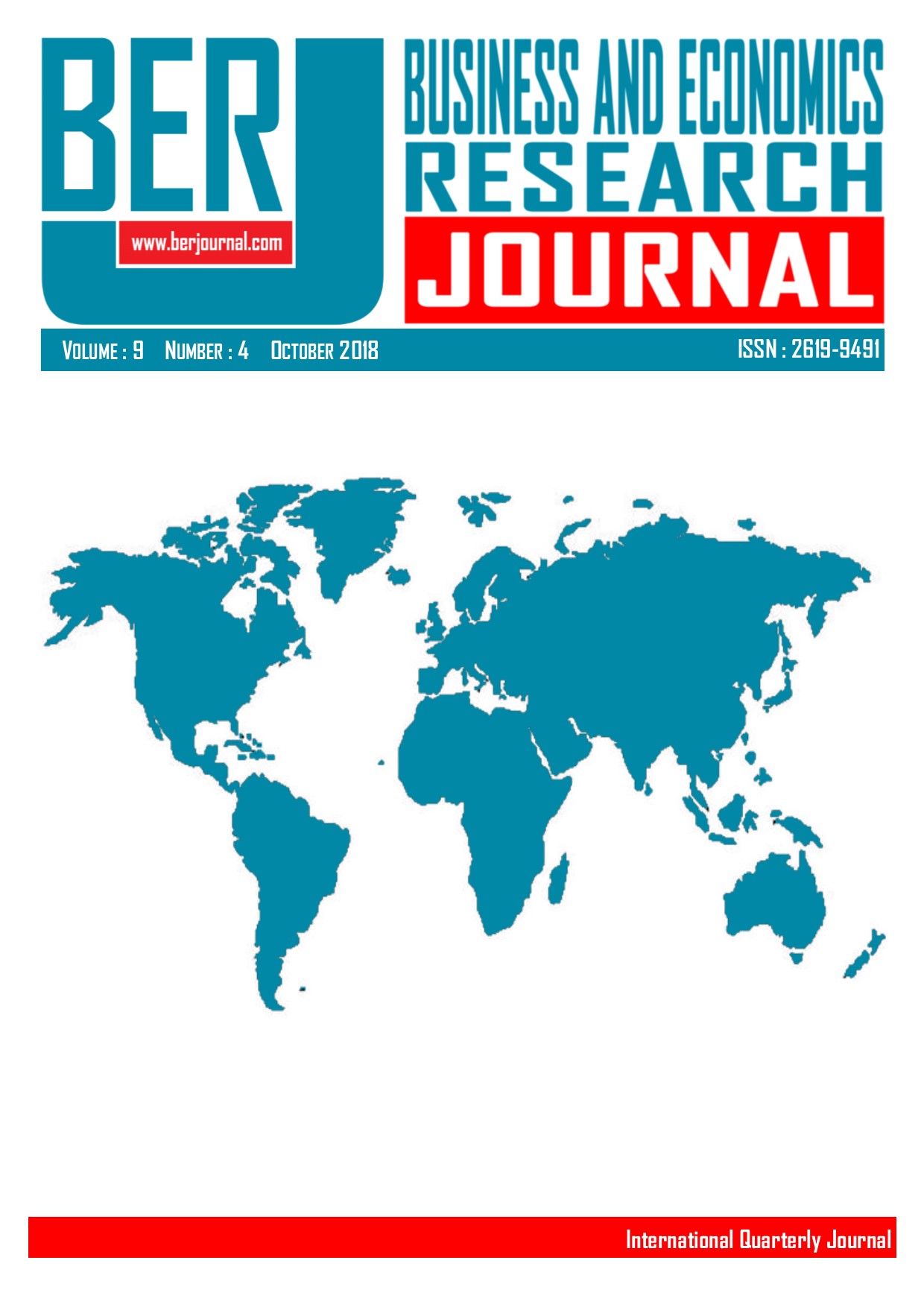The Validity of Purchasing Power Parity Hypothesis in E-7 Countries: Panel Data Analysis
The Validity of Purchasing Power Parity Hypothesis in E-7 Countries: Panel Data Analysis
Author(s): Ali Altiner, Eda BozkurtSubject(s): Economy
Published by: Adem Anbar
Keywords: Purchasing Power Parity; Real Exchange Rate; E-7 Countries; Panel Unit Root Test; Structural Breaks;
Summary/Abstract: The exchange rates are one of the most important macroeconomic variables influencing the economic activities of any country such as foreign trade, money and capital markets. From this aspect, examining the changes in exchange rates, which are considered as one of the indicators of economic stability, is of significant importance. The aim of this study is to test the purchasing power parity (PPP) hypothesis for E-7 countries between 1994 and 2017. Within the scope of this analysis, firstly the dependence between the cross-sections was examined. Then, the validity of PPP hypothesis was tested using SURADF (Seemingly Unrelated Augmented Dickey Fuller) panel unit root test developed by Breuer et al. (2001) and Carrion-i-Silvestre et al. (2005) panel unit root test (PANKPSS), which takes the structural breaks into consideration. According to the results of SURADF test, it was determined that the PPP is holds only in Russia and Turkey, but not in the other countries. According to the results of PANKPSS unit root test considering the structural breaks, however, it was found that PPP is holds in all the countries.
Journal: Business and Economics Research Journal
- Issue Year: 9/2018
- Issue No: 4
- Page Range: 735-747
- Page Count: 13
- Language: English

